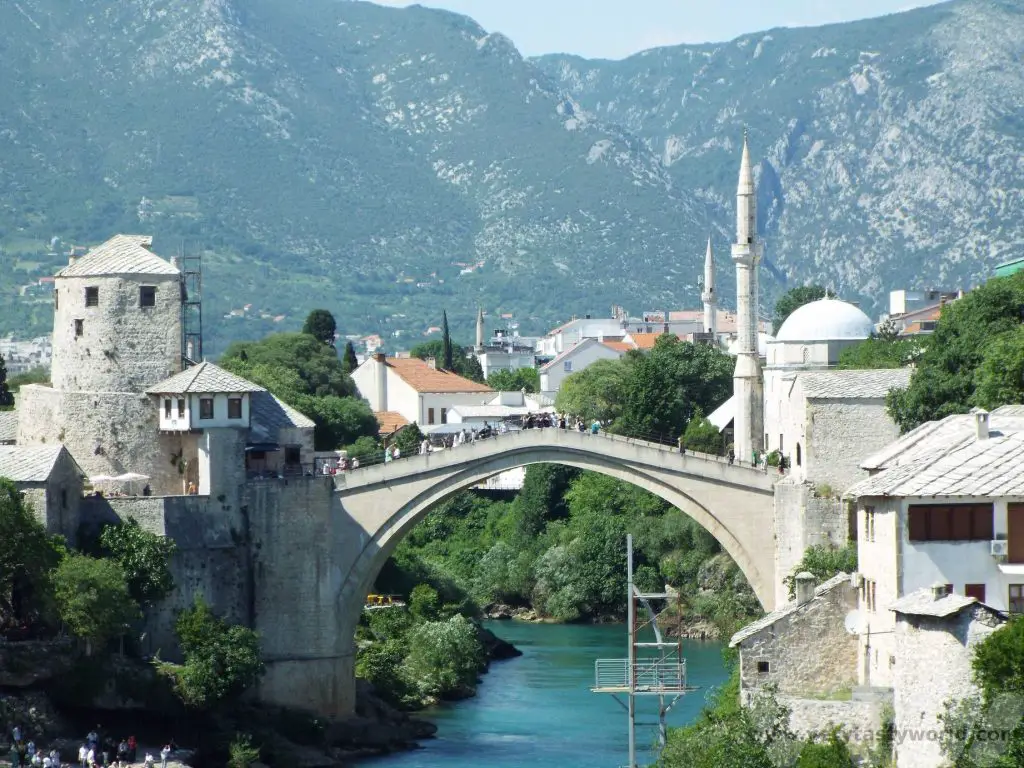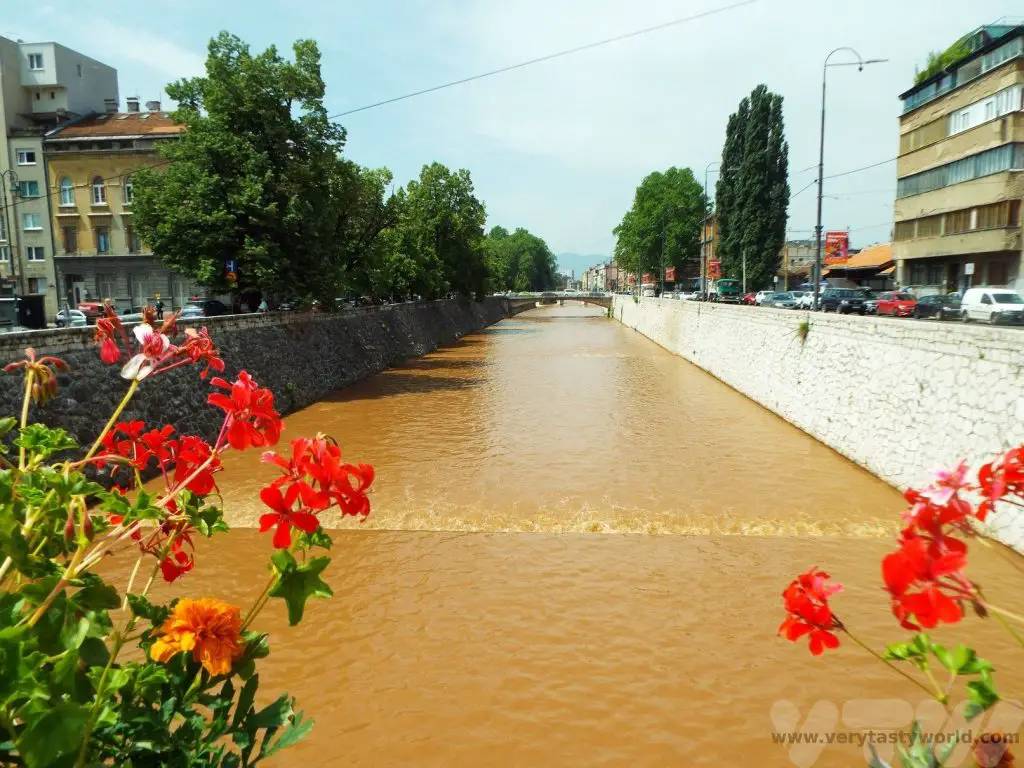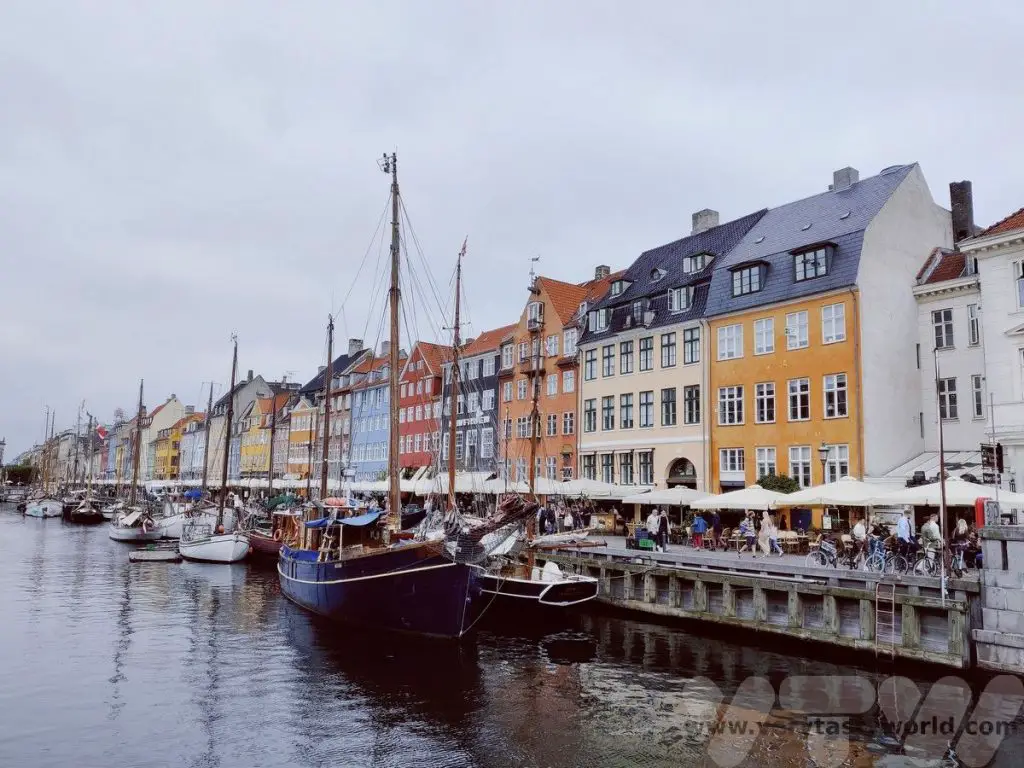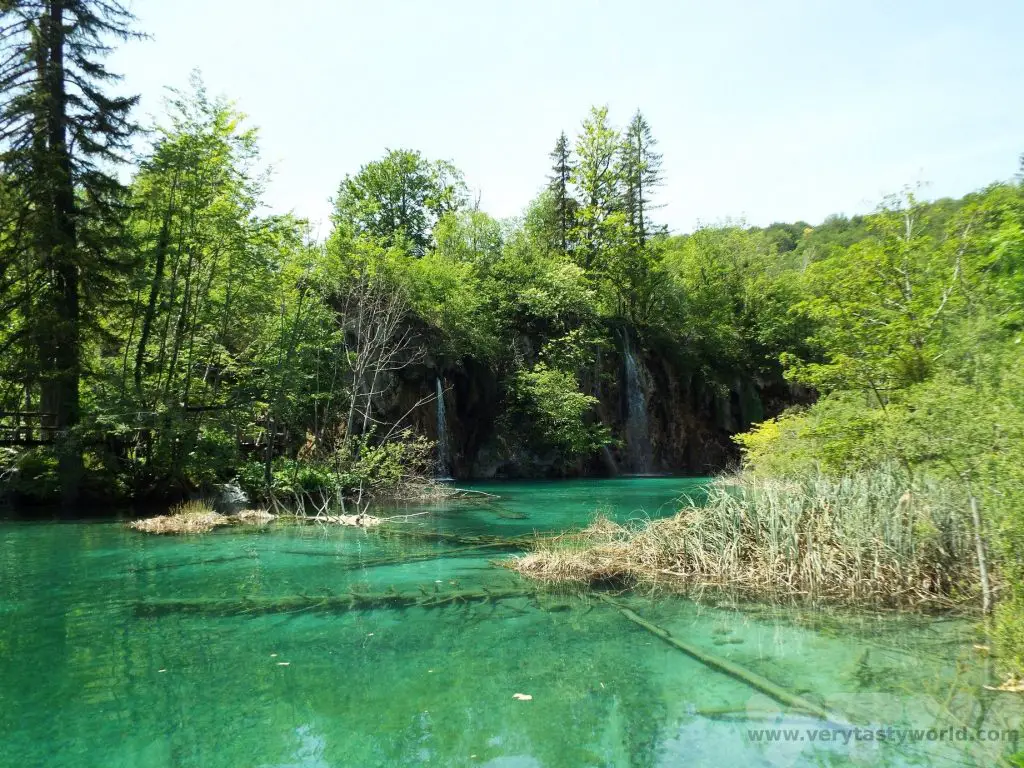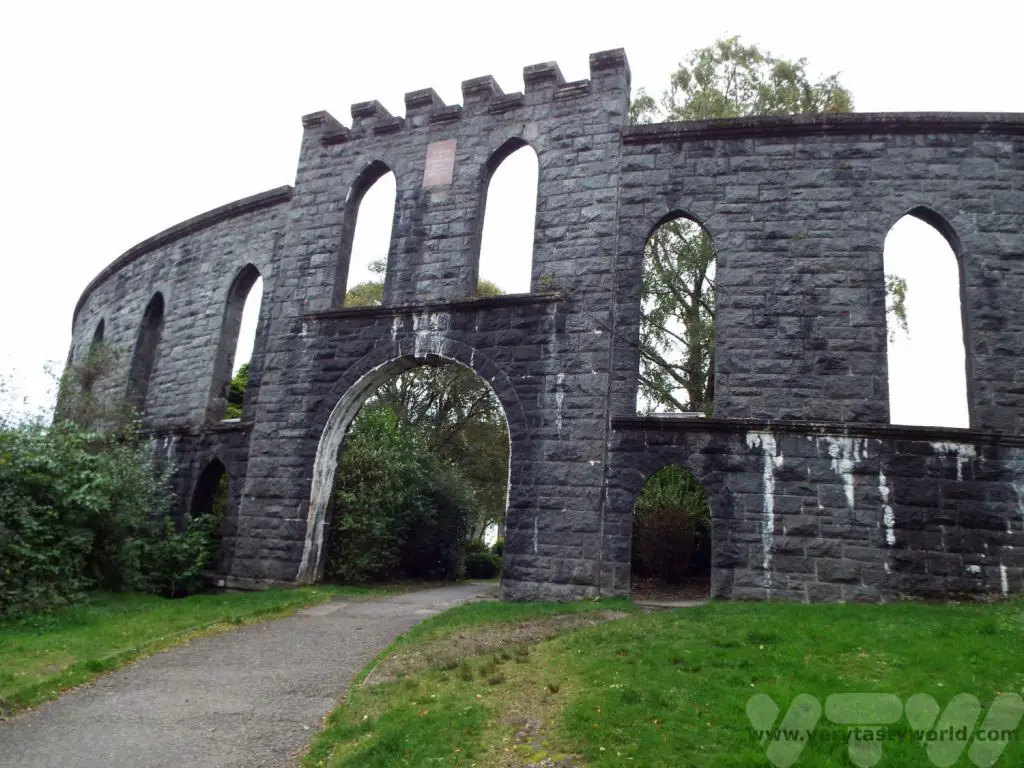Best Of Budapest in 2 Days
Budapest is a lively and cosmopolitan city with a fascinating history and loads of interesting sights to see. A city split in two, Budapest straddles the broad and serene Danube river – hilly Buda lies to the west and the flatter Pest is on the eastern side of the water. It’s a very beautiful city and its centre is ideal for walking around. Here’s how to enjoy the best of Budapest in 2 days.
Two Days in Budapest
A little bit of preparation: If you wish to visit the Hungarian Parliament building it is worth considering booking in advance. Check the official website to make sure that tours are available on the day you plan to visit. On the door tickets are available but may require some queuing.
And, a slightly unusual packing suggestion for a city break – don’t forget to bring a swimsuit if you want to bathe in the thermal baths.
Please note that this post contains affiliate links. If you decide to click and book a tour we will get a small commission, at no cost to you, which helps towards running this site.
Day 1 – Morning Historic Walking Tour
Budapest is an eminently walkable city, perfect for a walking tour. There are all sorts of options, from a general historic tour to a communism tour and even street art. Some are ostensibly free (although it is appropriate to tip the guide at the end) and others are pre-paid. All will propose a meeting place, usually a central square in the city.
From Pest to Buda
Our walk started at St. Stephen’s Basilica in Pest, which served as a meeting point. The basilica is named for St Stephen, the first king of Hungary. Apparently his right hand has been mummified is retained within the church. One of the tallest buildings in Budapest (along with the Parliament building), it has two bell towers. The southern tower houses the biggest bell in Hungary, a monster weighing 9 tonnes.
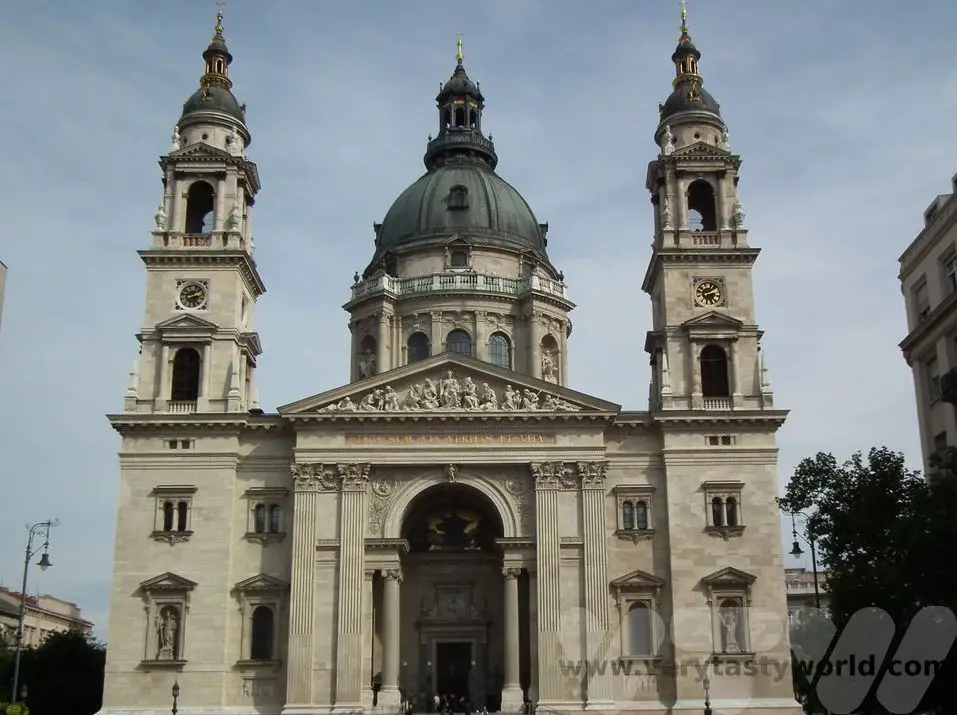
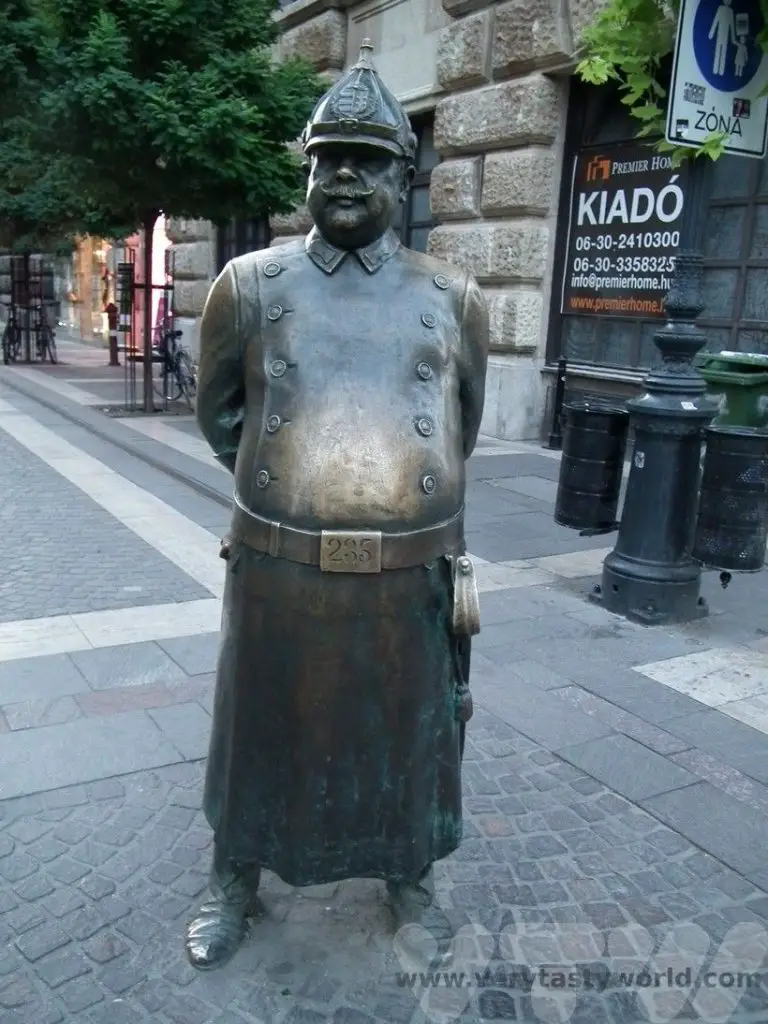
The walk took us towards the river and we passed the tubby policeman statue. Also known as Uncle Karl, there’s a legend that if you rub his portly belly you won’t get fat and can eat as much delicious Hungarian cuisine as you wish. Of course we didn’t believe it as we had already decided that we were going to enjoy as much food as possible anyway!
Although the walking tour starts in flat Pest, the majority of the time was spent in hilly Buda. We crossed the Chain Bridge, which spans the river Danube. Its formal name is the Széchenyi Chain Bridge and it was constructed in 1849, the first permanent bridge in the city and, at the time, considered to be an engineering marvel. Actually, it still is an engineering marvel.
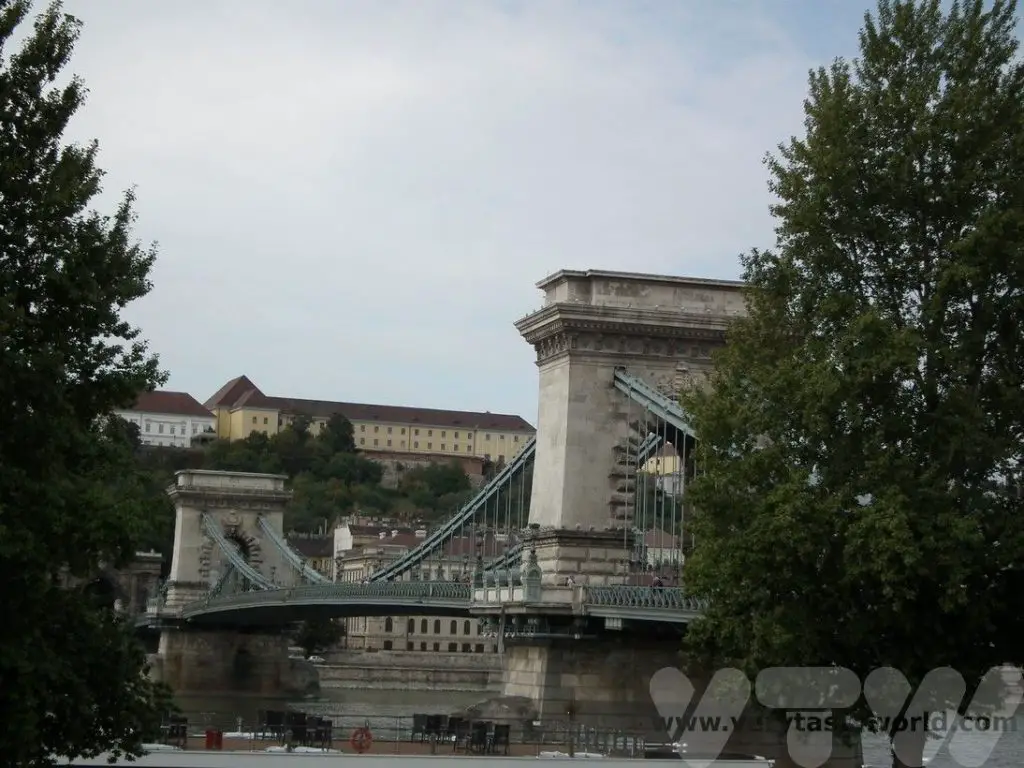
Then it’s a climb up the hill to visit some of the historic buildings located in Buda.
Royal Palace
King Bela IV decided to build his residence on Castle Hill in 1247 and completed it in 1265.Over the centuries subsequent kings expanded and developed the site, notably King Sigismund, a Holy Roman Emperor, who constructed it to become the largest palace of its time. King Matthias Corvinus also added a number of buildings.
However, like many of the city’s great buildings, the palace was badly damaged during the Ottoman era. It was reconstructed and added to over the centuries only to be destroyed during World War 2. It was rebuilt and modernised during the 1950s, with help from Polish architects, who had overseen the reconstruction of Warsaw. Some of the mediaeval parts of the castle were found and reconstructed to the best knowledge of the architects. It is a magnificent and extensive building.
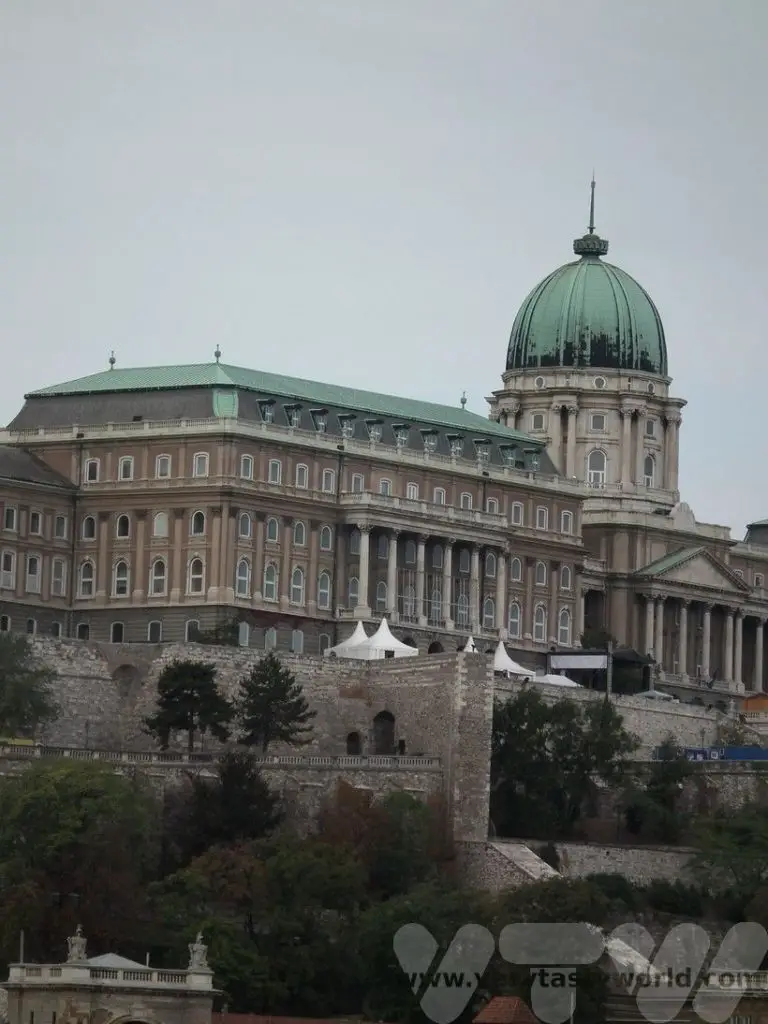
Matthias Church and Fisherman Bastion
A church with a long history that has reflected the fortunes of the city, Matthias church was founded as the Church of Mary in 1015 by Saint Stephen, the first Hungarian king. Of course, it was a much more basic structure then. It became a Roman Catholic church when King Bela IV moved the Hungarian royal residence to the hills of Buda in the 13th century and was further adapted in the 15th century by King Matthias Corvinus, who notably added the bell tower, named after him.
However in 1526 the city was invaded by the Ottomans who converted the building into a mosque and took many of its artefacts. The church was restored after liberation from the Turks, and redesigned to its present form in the 19th century. It is a truly beautiful building, a living church that has a central place in the community which offers many events throughout the year, including concerts featuring the Hungarian Virtuosi Chamber Orchestra.
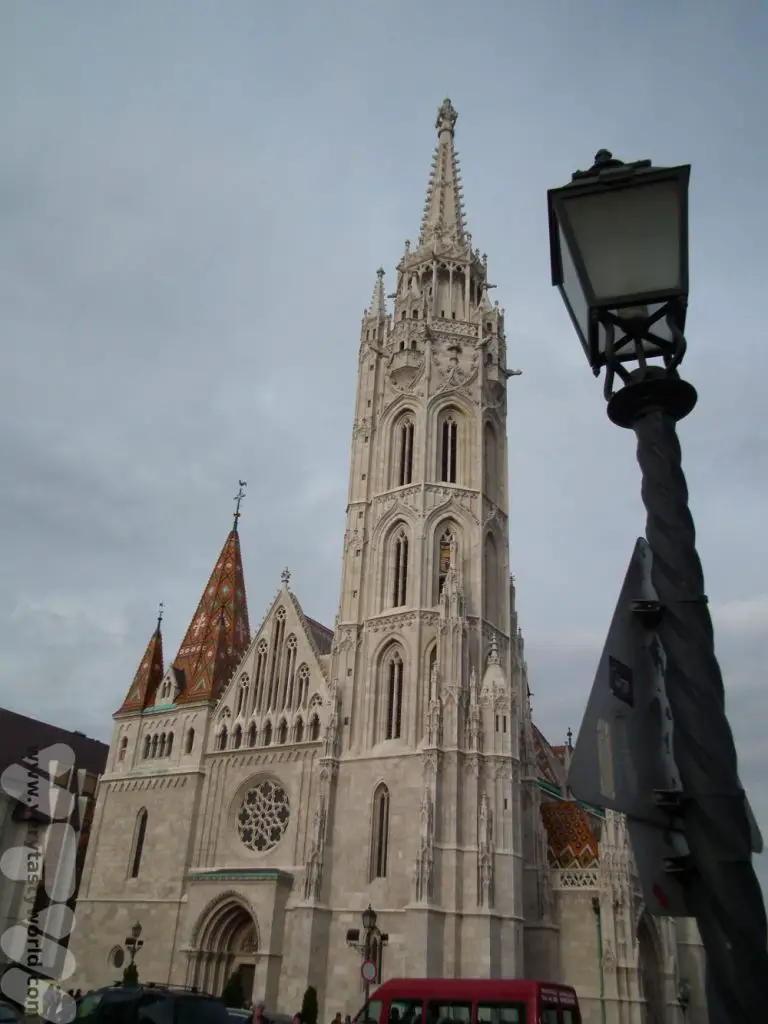
The origin of Fisherman Bastion’s name is that the guild of fishermen protected that section of the castle walls in the area known as Fishtown. Its main structure was built between 1895 and 1902 by Frigyes Schulek (who restored the Matthias church as well), another very beautiful building.
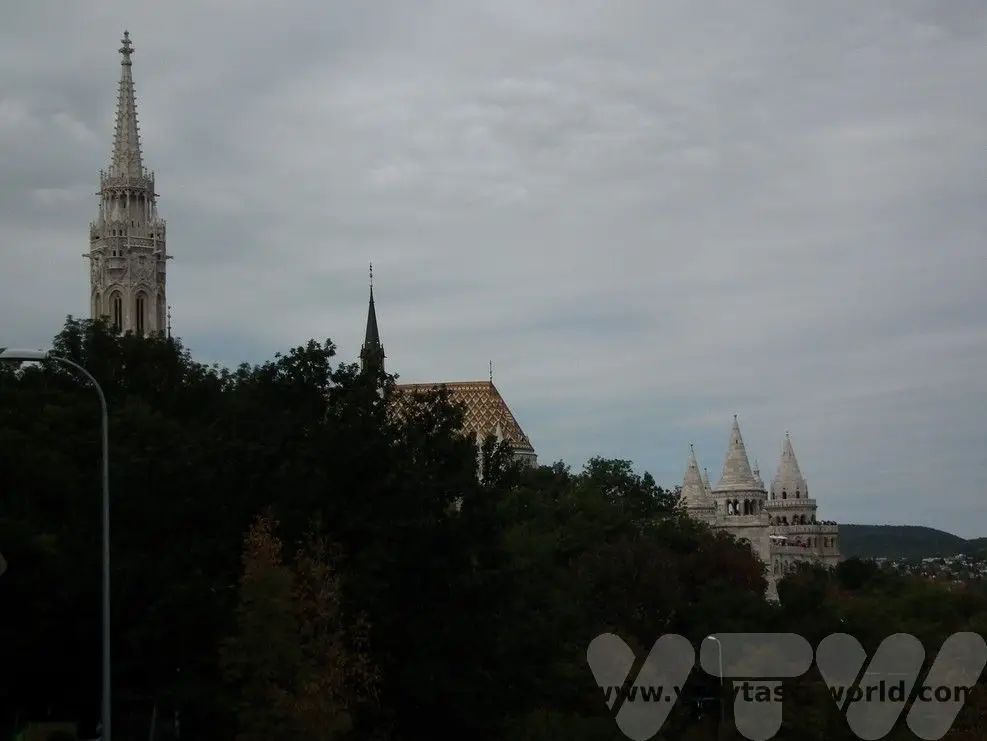
Fisherman’s Bastion affords some fantastic views over the Danube, especially to the Hungarian parliament building.
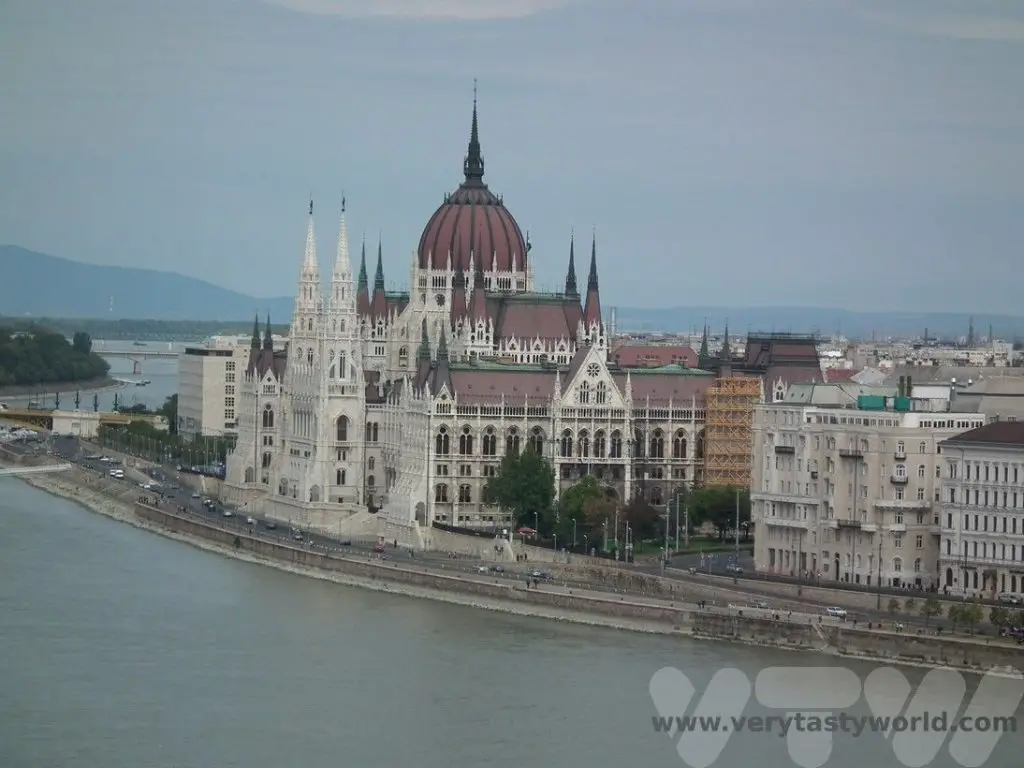
Day 1 – Afternoon
The walking tour introduces you to the key buildings but doesn’t take you inside, so you might want to hang around the area in the afternoon to explore Buda in more depth. The winding streets on Castle Hill are lovely to walk through. You can visit the castle building. Although you have to pay to visit the castle itself, the grounds are free to enter.
Sometimes there are food markets in the area. One of the essential street foods to try when visiting Hungary is Kürtoskalács. These spirals of delight, the name referencing a chimney due to its elongated shape, are a sweet dough wound around a cone, rolled in sugar and roasted over a spit. The sugar caramelises and you have a sweet, twisted pastry to eat. They are sometimes rolled in nuts or cinnamon for delicious variations.
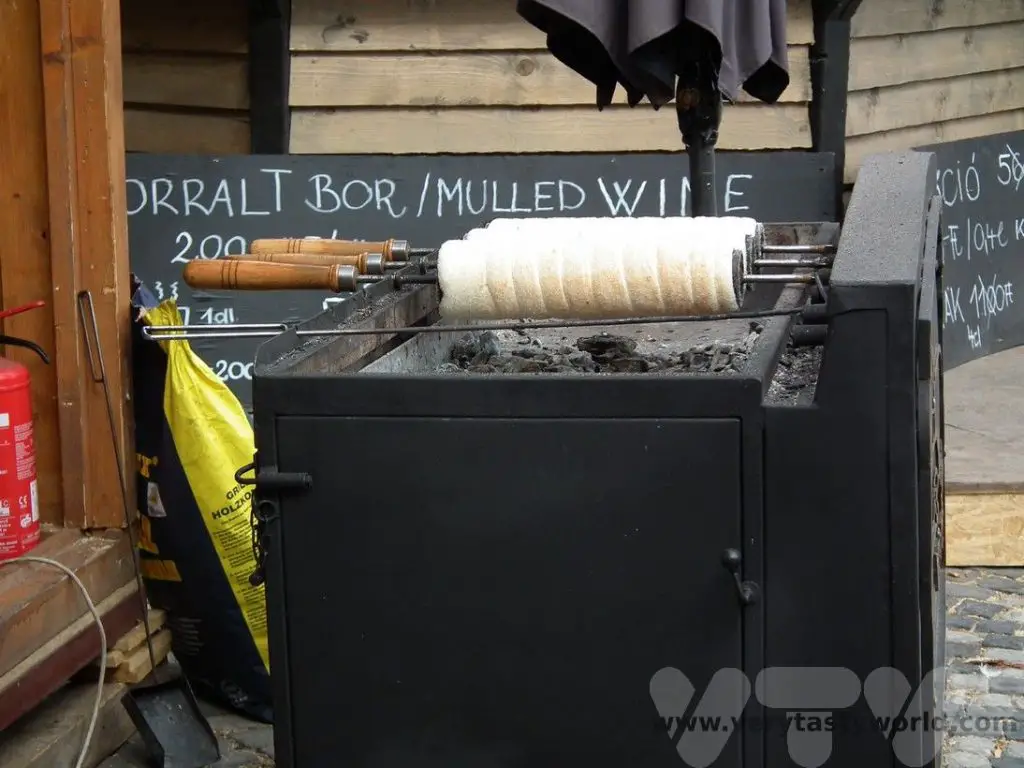
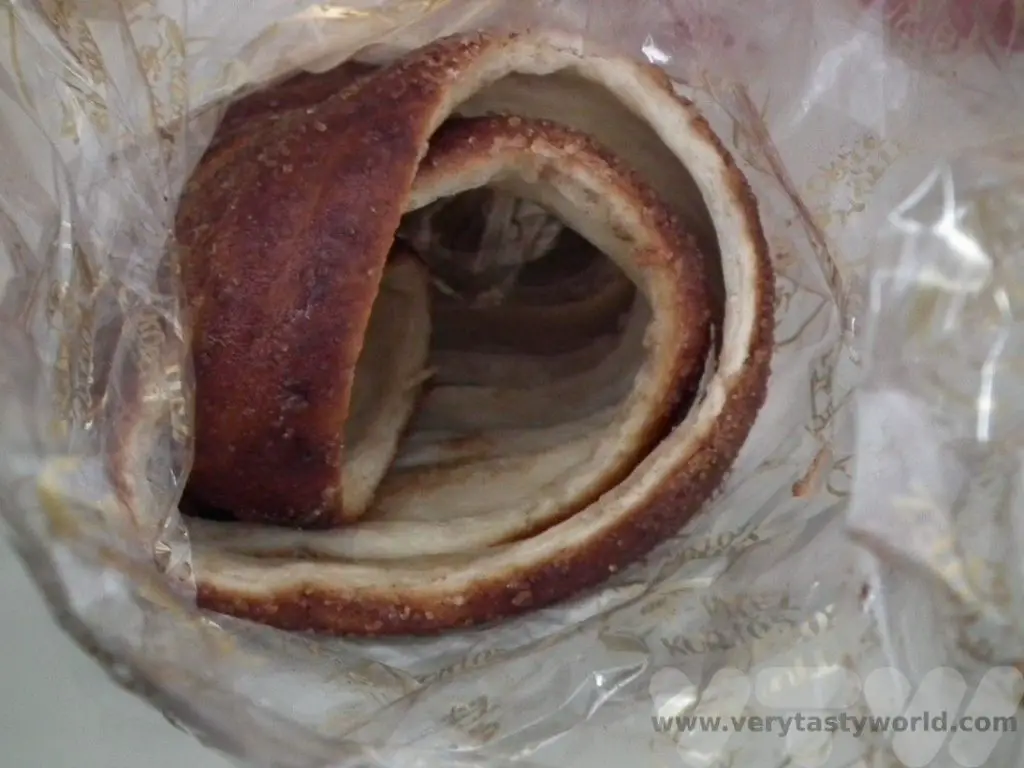
Visit Parliament Building
An alternative to spending time on Castle Hill is to visit the Hungarian Parliament. It’ll take around half an hour to walk there from the palace area. To British people this magnificent building looks very familiar. Hungary’s neo-Gothic parliament building was designed by Imre Steindl, who won a competition to design a building that represented the unity of the three cities – Buda, Pest and Obuda (now District III-Óbuda-Békásmegyer) – which joined together in 1873.
The architecture bears a strong resemblance to the British Houses of Parliament, London’s Palace of Westminster, because the Hungarian politicians of the time wanted to demonstrate a commitment to Western European political role models, notably Britain. (How times have changed!)
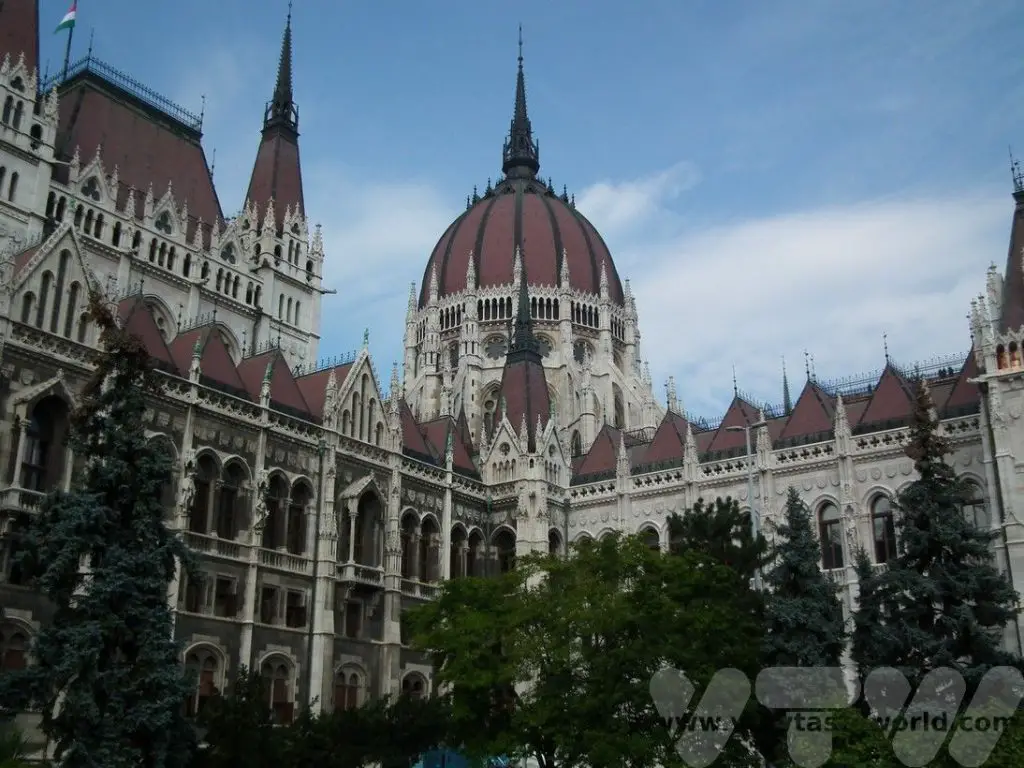
Guided tours are available but not on all days, so it’s worth checking – and booking – in advance.
Day 1 – Evening Boat Cruise on the Danube
It’s a very touristy thing to do but a boat trip along the Danube at night, with the bridges and buildings lit up, is a delightful way to spend the evening. There are lots of options from a simple boat trip to a full dinner service. We chose a drinks cruise because we wanted to enjoy the cityscape whilst enjoying a tipple and figured we might miss the best views if we were scoffing our dinner at the same time. It was perfect for us but there are all sorts of options to suit different budgets.
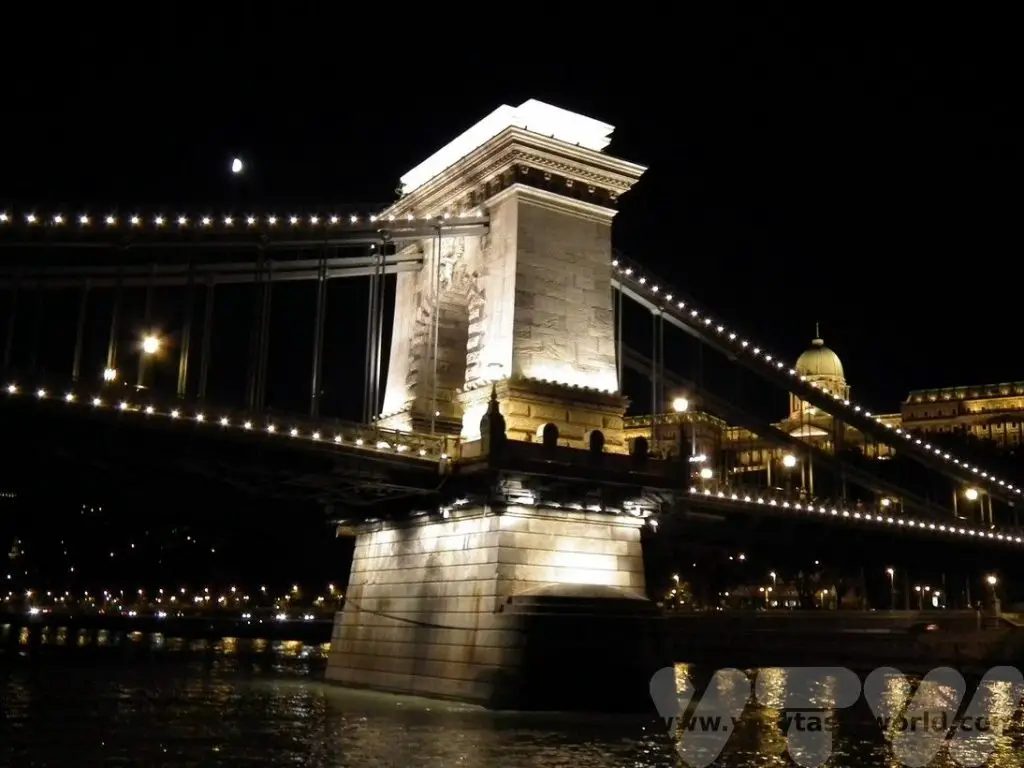
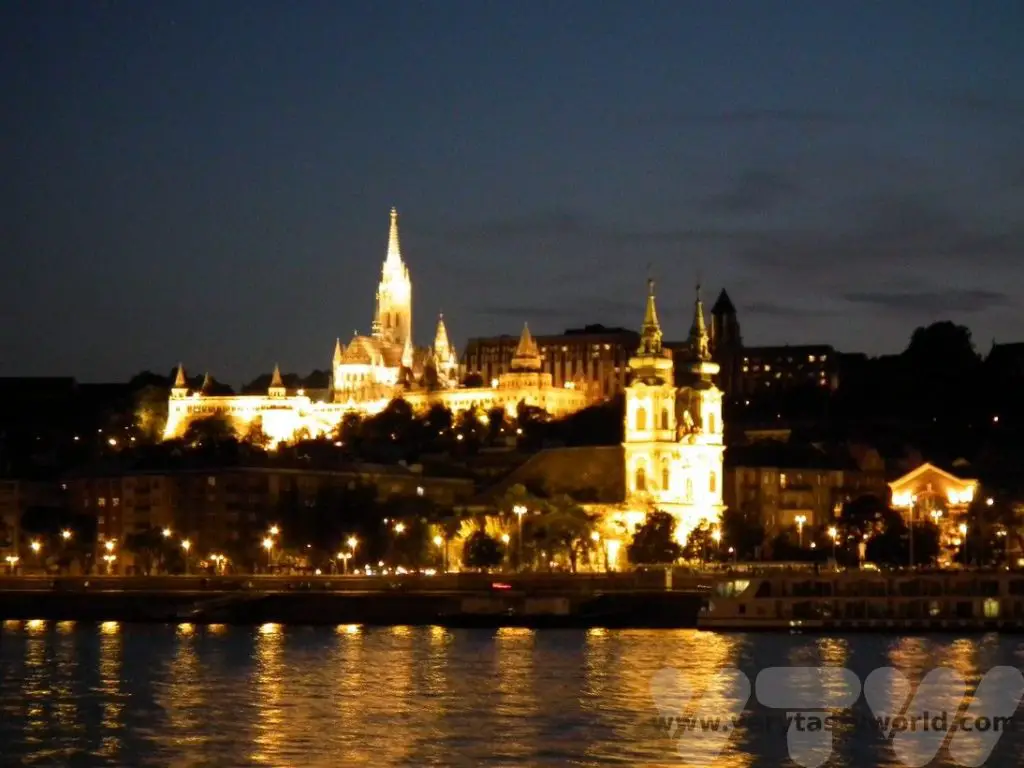
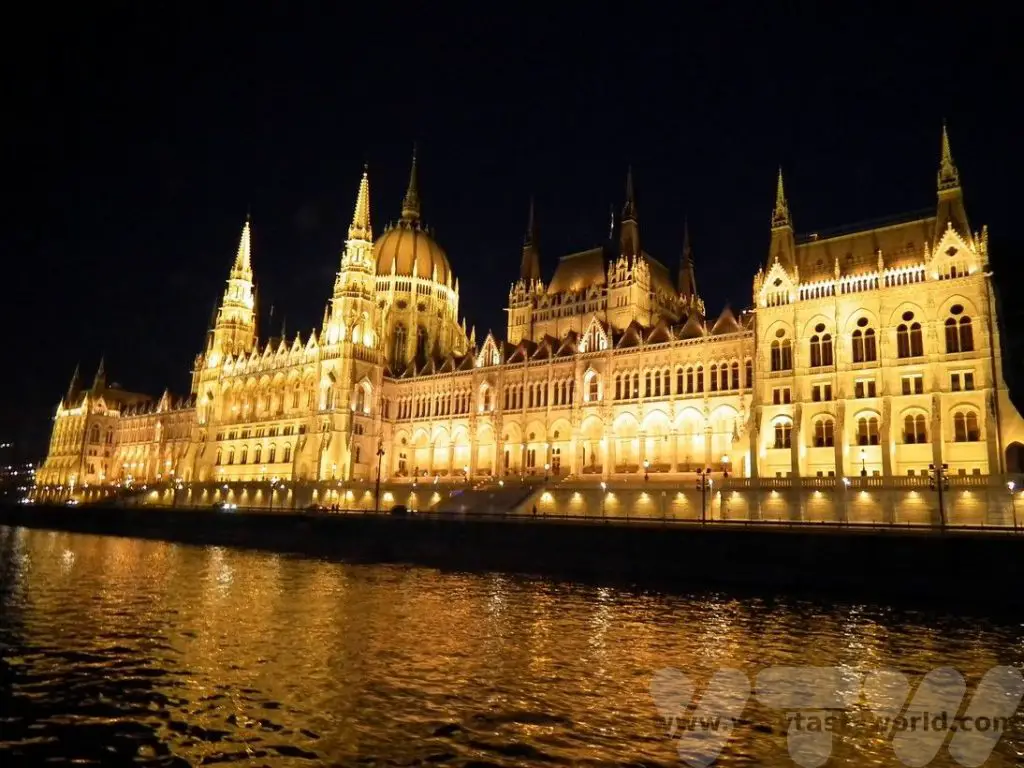
Day 2 – Morning
Explore Pest – A Communism Walking Tour
To complement the general city tour this was a genuinely fascinating insight into life under communism. Led by people who recalled their experiences, it was a good way to understand Budapest’s modern history through their personal stories as well learning as how communism influenced the city throughout its 20th Century history.
The country’s history of communism started in World War 2 when Hungary joined forces with Germany in 1940 and was involved with the invasion of the Soviet Union. By 1945 the Soviet army had defeated the invading armies and established themselves in Hungary, marking the start of communist rule. In 1956, a student demonstration escalated into a wider protest which was violently quashed by the communist leaders.
But it didn’t stop the protests and eventually the Soviet troops backed down, which led the people to believe that this might just be the start of a democratic process. However a few months later, the country was suddenly and unexpectedly invaded by a huge Soviet force who entered the city in tanks, killing many Hungarian people and destroying multiple buildings. Many of the people involved in the uprising were imprisoned and killed.
The main revolutionary leader was Imre Nagy, widely regarded as a hero who, although a communist politician himself, stood for a reformed form of communism. He was captured and executed in 1958. A memorial statue was erected in his honour. It was initially located near the Parliament building and depicted him standing on a bridge, looking to the building, a symbol of democracy. The picture below shows Imre Nagy’s statue in his original location but, due to political changes in recent times, it was removed in 2018 to a different location in the city – Jaszai Mari Square.
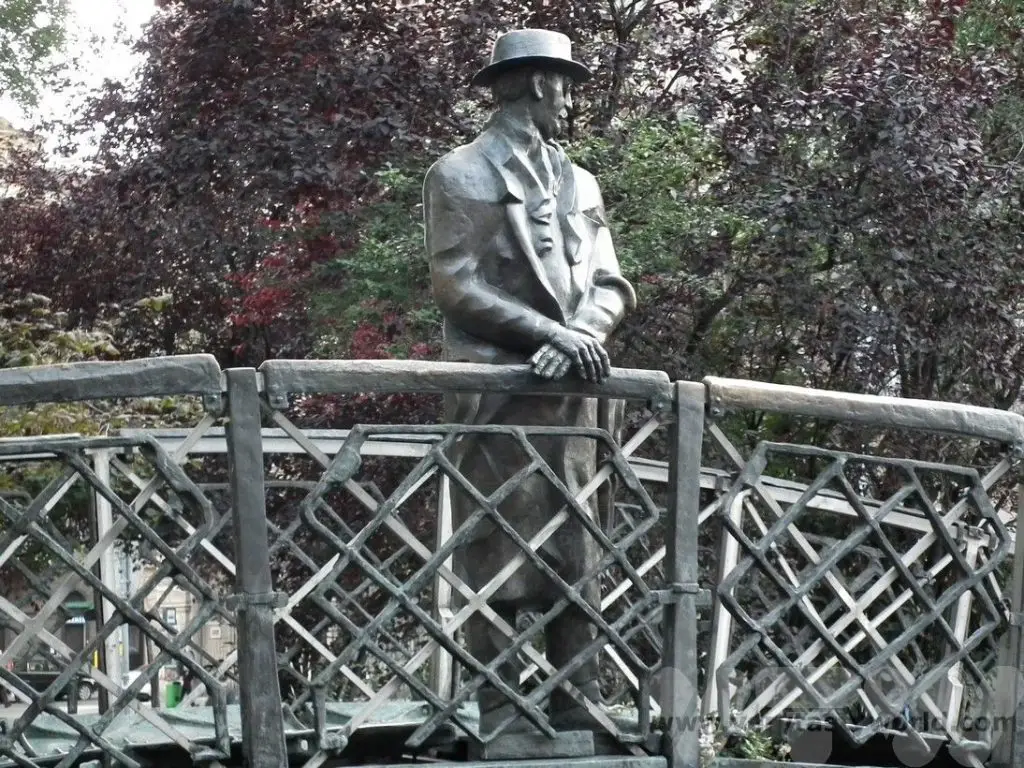
The tour was also really interesting from an architectural perspective. For example, take a look at the adjacent buildings in the photo below. The one on the left was built during the communist era – it is plain and functional, but importantly has seven stories of – somewhat cramped – building space compared with highly decorated and generous four stories of its neighbour, which was constructed over a century earlier.
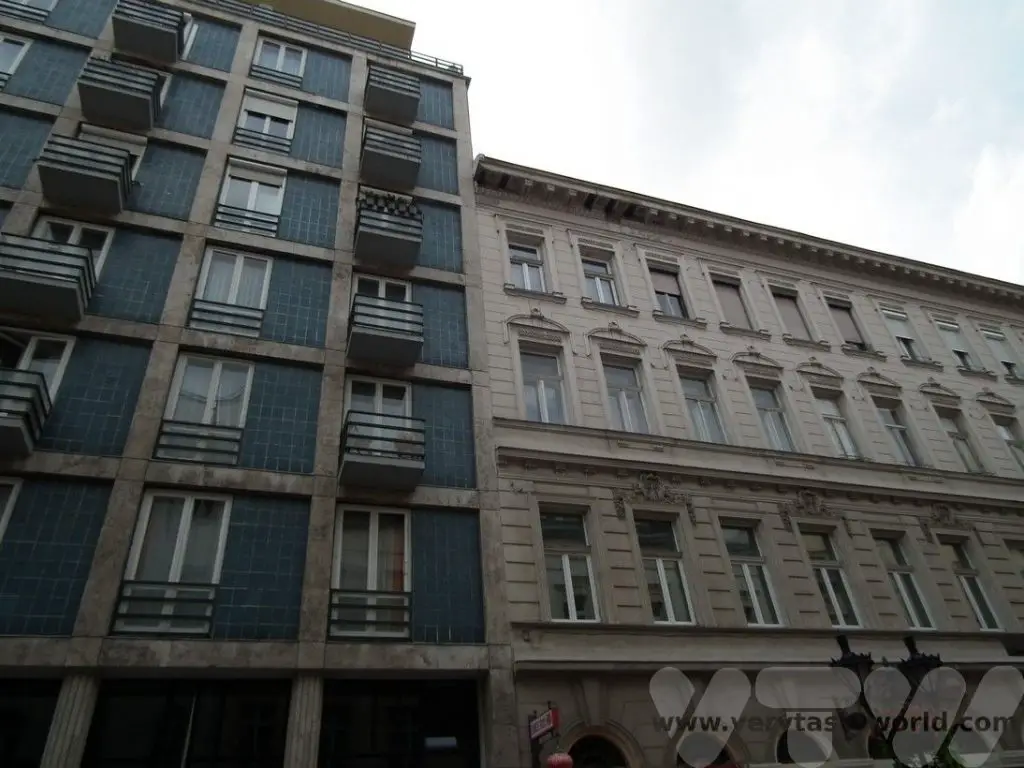
The Communist TV station, perfect for broadcasting all sorts of propaganda at the time, is housed in a magnificent building.
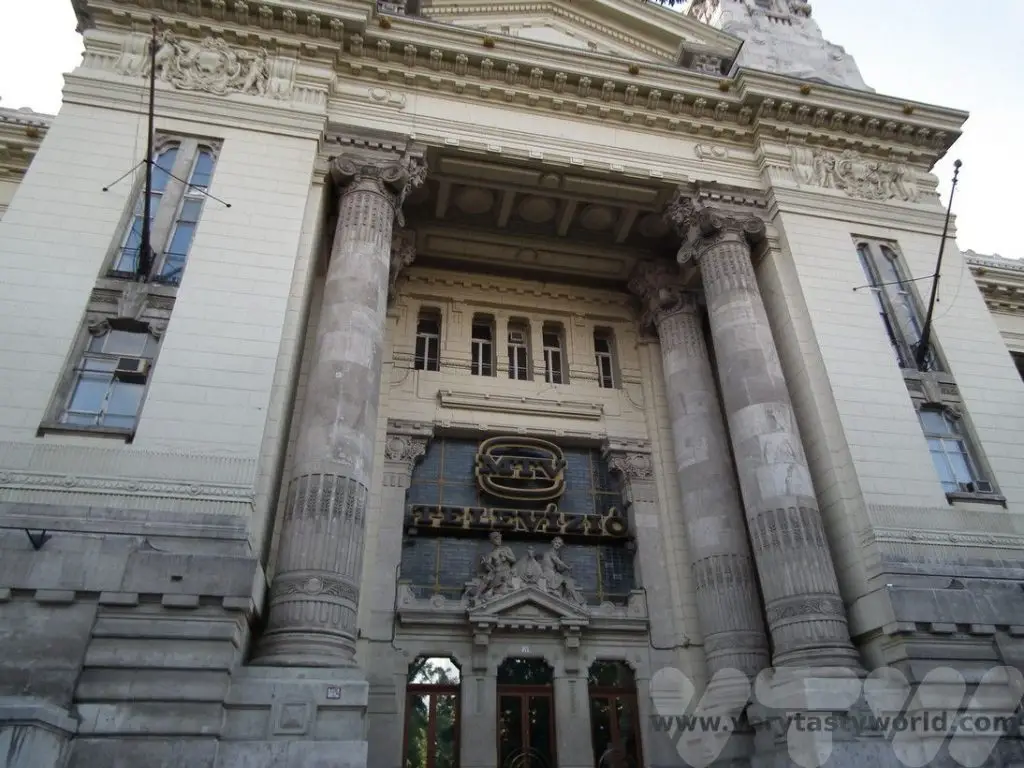
And if you need to see evidence of the number of conflicts, a large number of buildings still bear scars from multiple bullet holes.
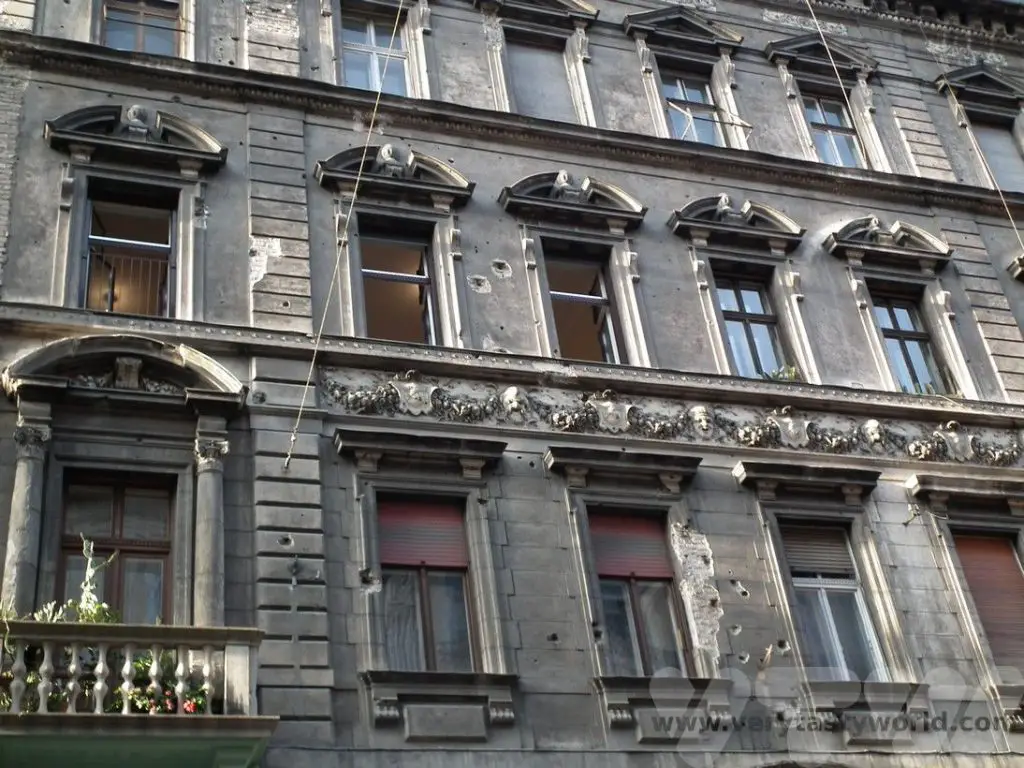
The whole tour was fascinating and particularly interesting because our guides could tell us about their personal lives under the regime.
Day 2 Afternoon
Franz Liszt Museum
Franz Liszt was Hungary’s most famous composer and a huge celebrity in his day – the phrase Lisztomania was coined to reflect the sheer frenzy of his adoring fans at his concerts. Housed in the building where he once lived, the compact Liszt Museum displays some of his music and personal possessions, as well as his piano. If you are interested in Liszt and classical music, it is worth stopping by.
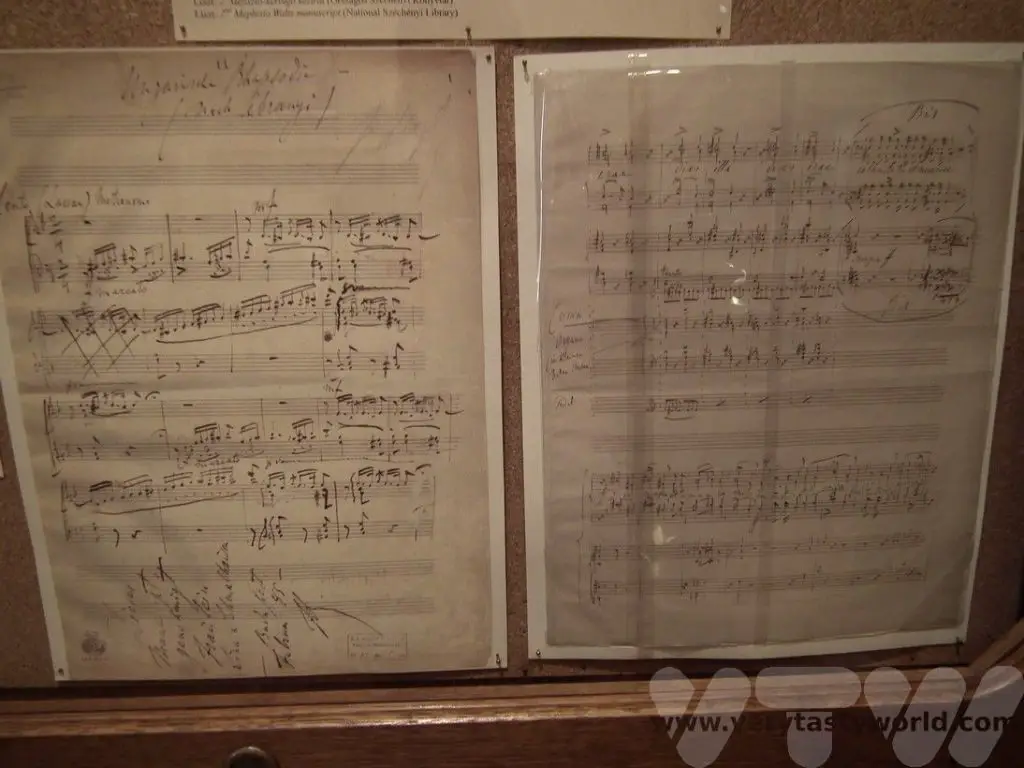
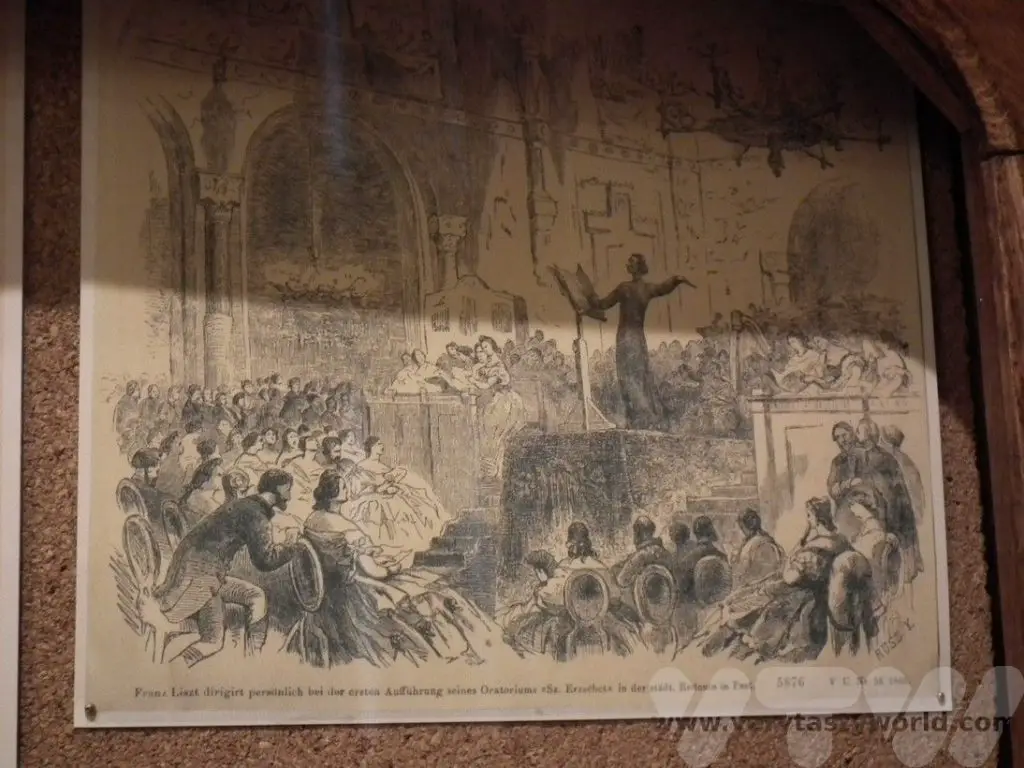
Heroes’ Square
Located on Andrássy Avenue, this is one of the city’s largest and most important squares, and features the Millennium Monument, which dates from 1896 and celebrates 1000 years of Hungarian conquest of the Carpathian Basin. It also has commemorative statues of the seven Magyar chieftains who led the Hungarian tribes when they arrived in the area in 895 CE.
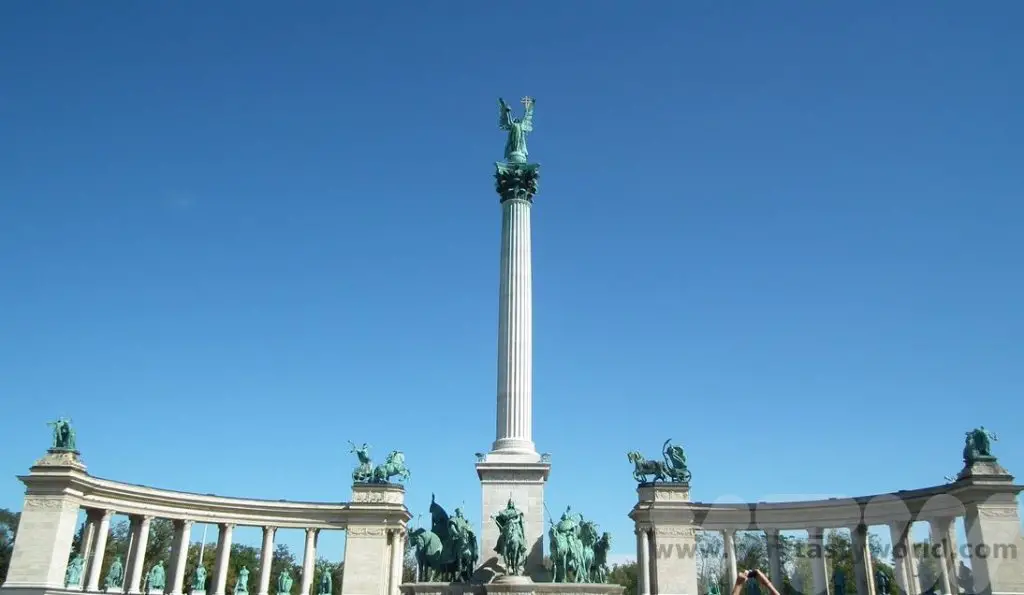
The Archangel Gabriel stands tall atop the central column, carrying the crown of St Stephen. Legend tells that Gabriel appeared to Stephen in a dream and bestowed the kingdom of Hungary upon him. The actual crown is kept in the Houses of Parliament.
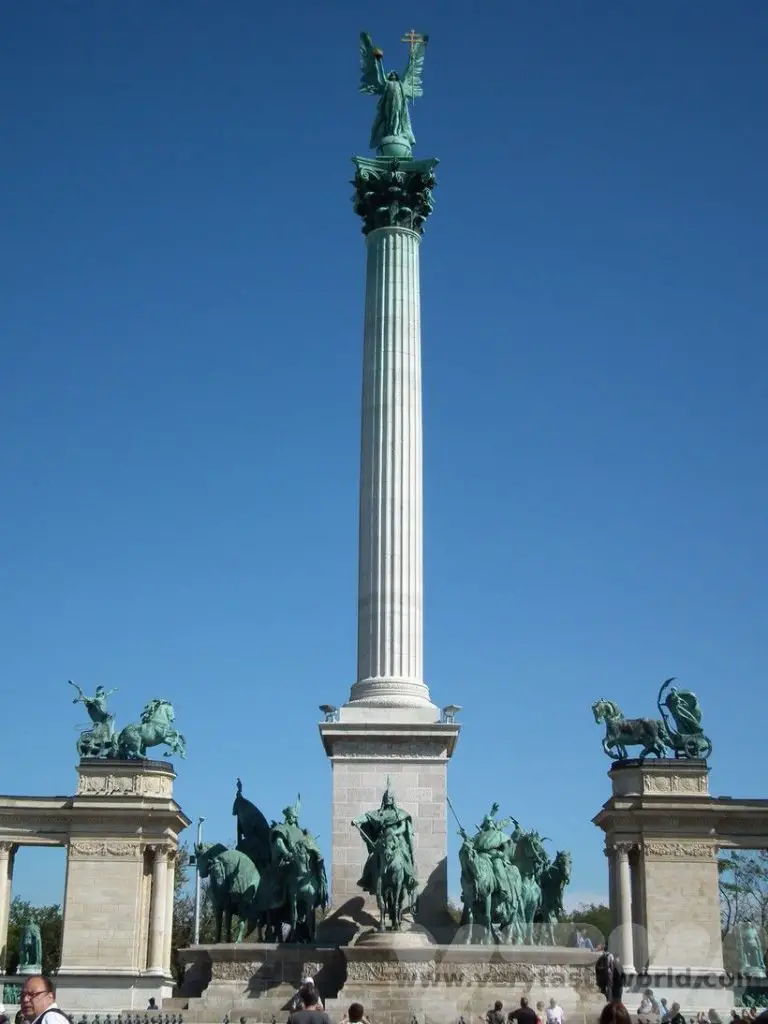
City park is located beyond the square and is one of the most popular green spaces in the area. It features some interesting architecture, including Vajdahunyad Castle, and is a nice place to relax.
The Museum of Fine Arts and the Palace of Art
Definitely worth a visit, these art galleries are located opposite each other on either side of Heroes’ square. The Museum of Fine Arts showcases permanent exhibitions from artists throughout the ages and includes works by some famous names. The Palace of Art, on the other hand, is a contemporary art gallery which doesn’t have a permanent collection but offers a variety of exhibitions of modern art.
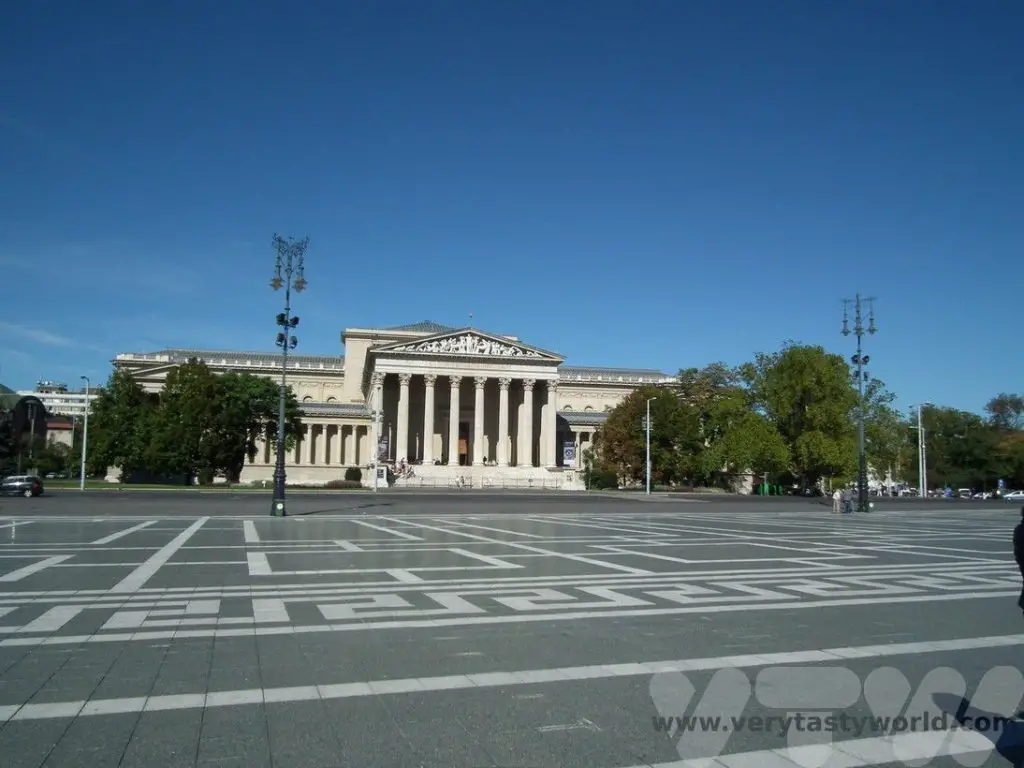
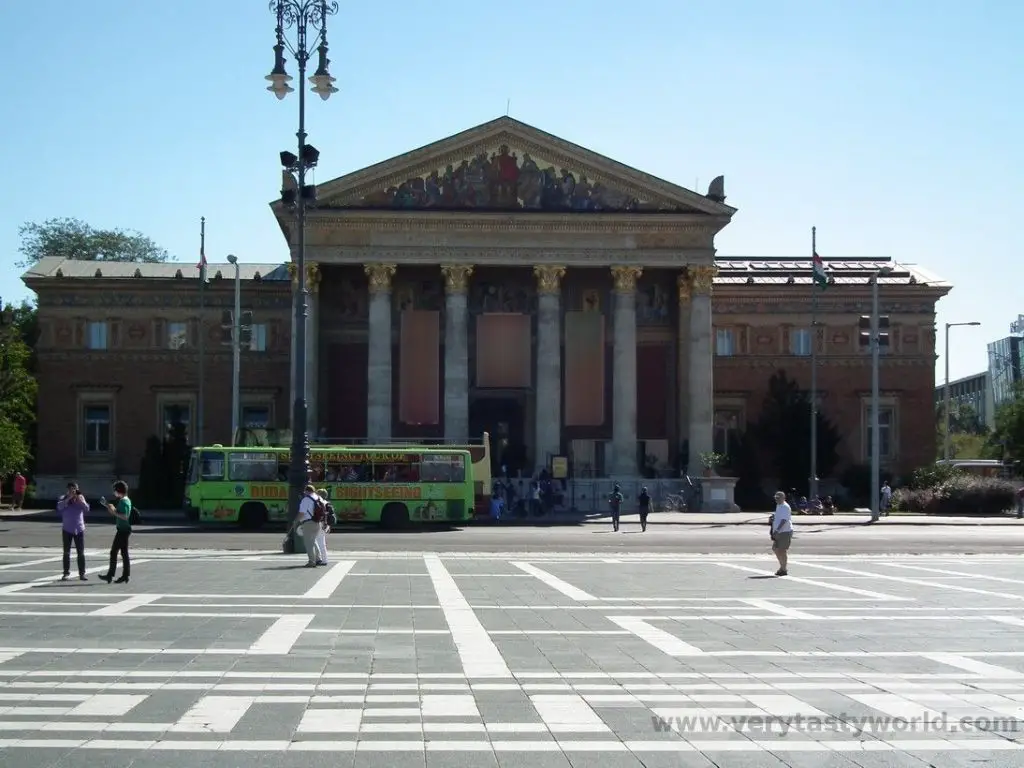
Visit Thermal Baths
Alternatively, if art isn’t your thing, the nearby Szechenyi Baths are one of the grandest thermal baths in Europe. Boasting fifteen indoor and three outdoor pools fed by two thermal springs, this is the perfect place to visit if you wish to enjoy some relaxing spa time.
Eating and Drinking in Budapest – From Grandiose to Grunge
Budapest has a huge variety of eating and drinking establishments.
We enjoyed a traditional Hungarian meal Paprika Vendeglo, a charming place with wooden décor and, as the name suggests, paprika hanging from the walls.
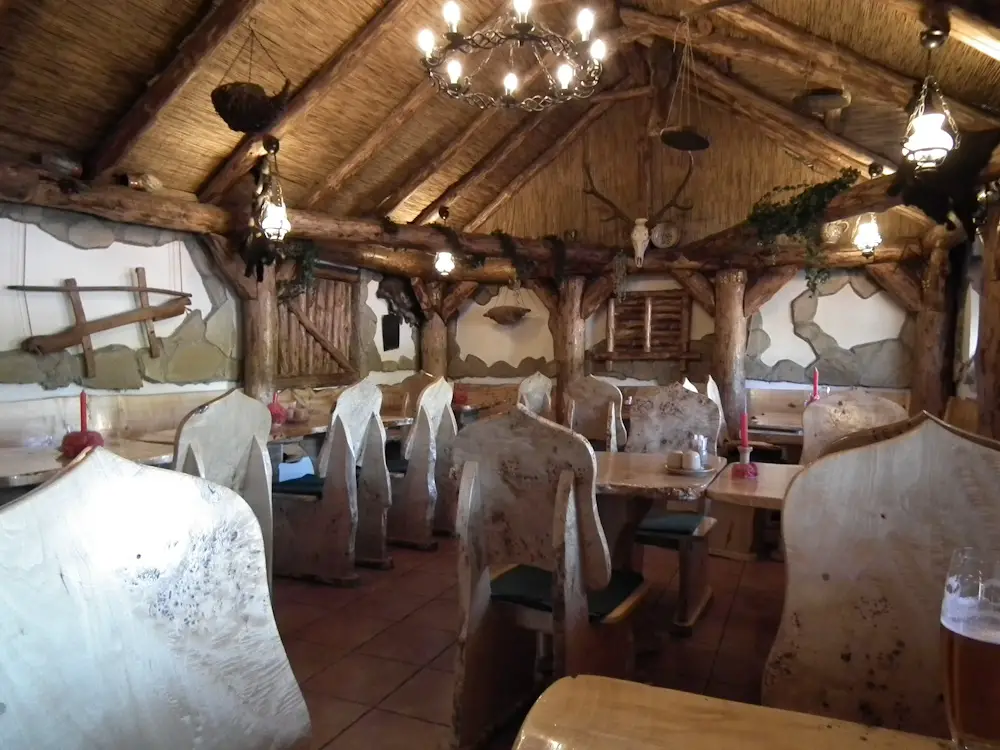
Goulash is one of Hungary’s most popular dishes. However, while we think of it as a stew in the UK, it is more likely to be served as a soup in Budapest. Other dishes involve lots of meat, cheeses and fresh vegetables, although veggie options are available. One thing that is particularly great about visiting Eastern Europe is the quality of fresh fruit and vegetables. Paprika is the traditional spice most associated with Hungary – it can be sweet or hot, powdered to use as a flavouring or as a vegetable. It guarantees a lovely gentle spiciness to many dishes.
If you’re after a bit of opulence (with the price tag to match), the New York Café describes itself as the most beautiful café in the world. It started out as a coffee house in 1894 and was hugely popular in the early 20th century. Its fortunes waxed and waned and it was left for derelict after World War 2 and became a sports shop. However, it was revitalised as a café in the 1950s and was completely renovated to its former glory in 2006.
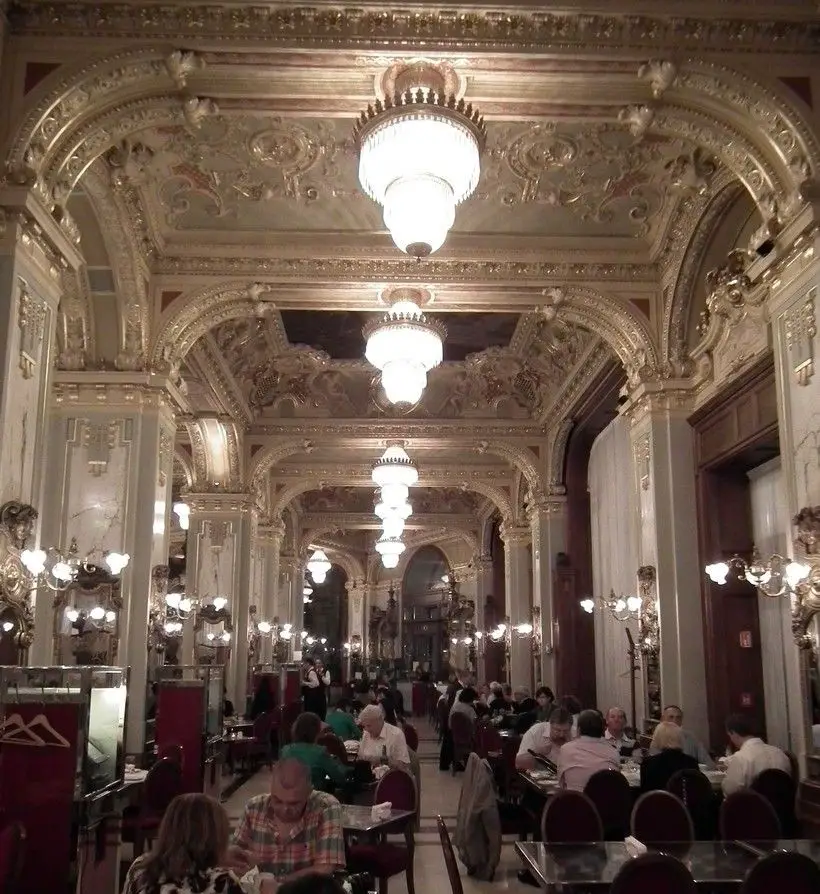
It offers coffee house fare as well as fine dining. You can only make a reservation for dinner in the evening so be prepared for a queue at busy times during the day. We enjoyed a lovely dinner there but check out the reviews as they can be somewhat mixed.
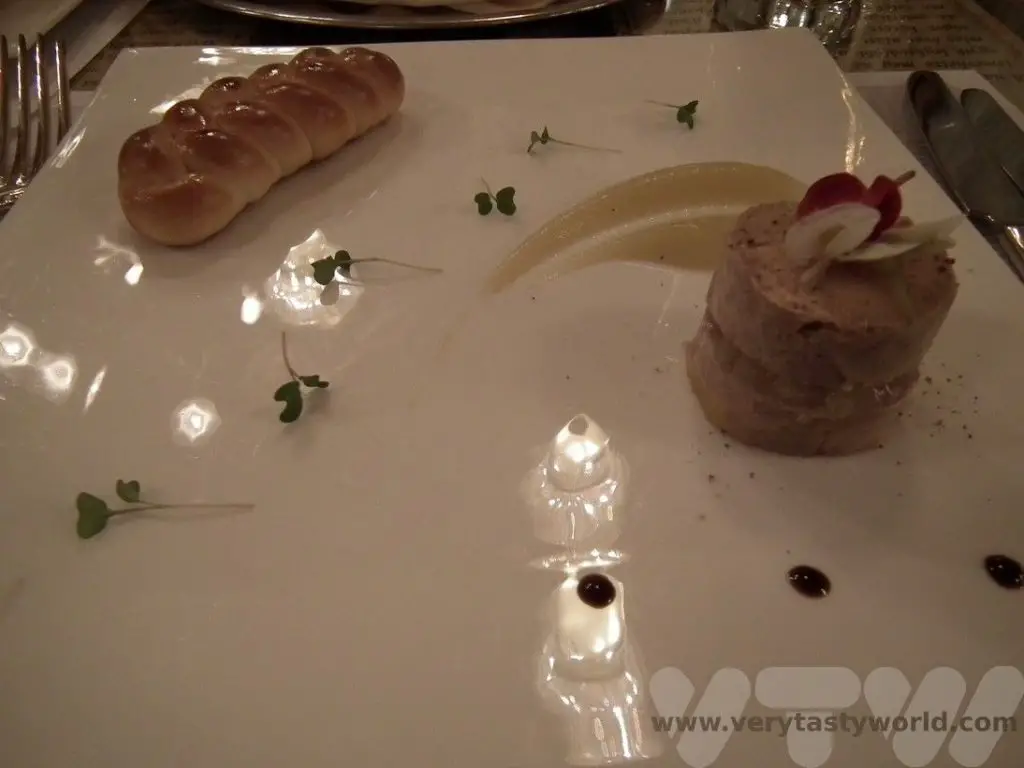
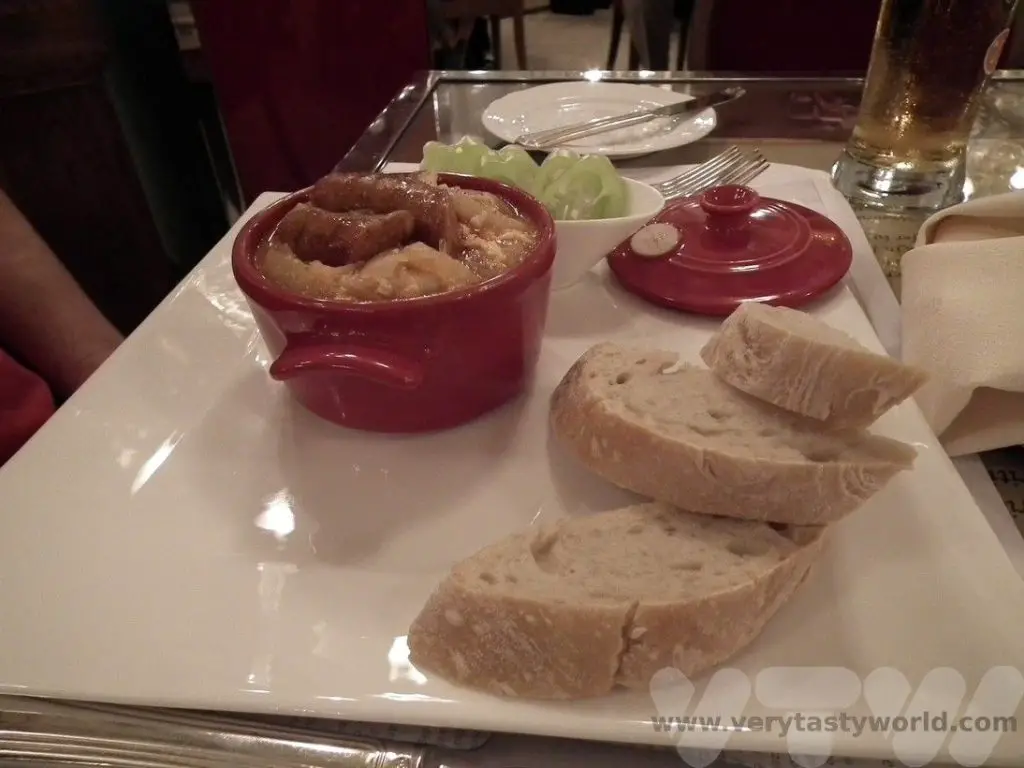
And at the opposite end of the spectrum you may well be in need of a beverage to quench your thirst at the end of a busy day’s exploring. And if you want a drink you can do a lot worse than to visit a ruin bar.
These are grungy bars that were originally set up in abandoned buildings in the city’s VII district in the early 2000s, providing cheap drinks and a lively sociable atmosphere. They are characterised by quirky décor and random bits of furniture that fill every nook and cranny within the building. Some have been established for years, others pop up for just one summer then vanish into obscurity. Some have projections of films on the walls, others play music.
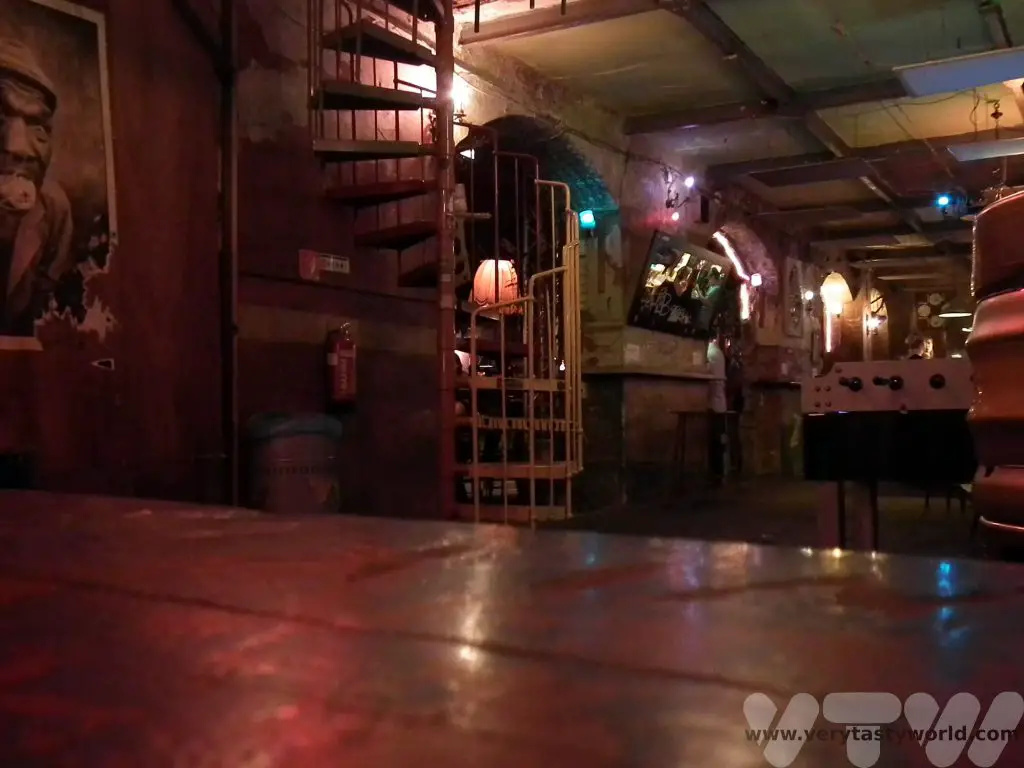
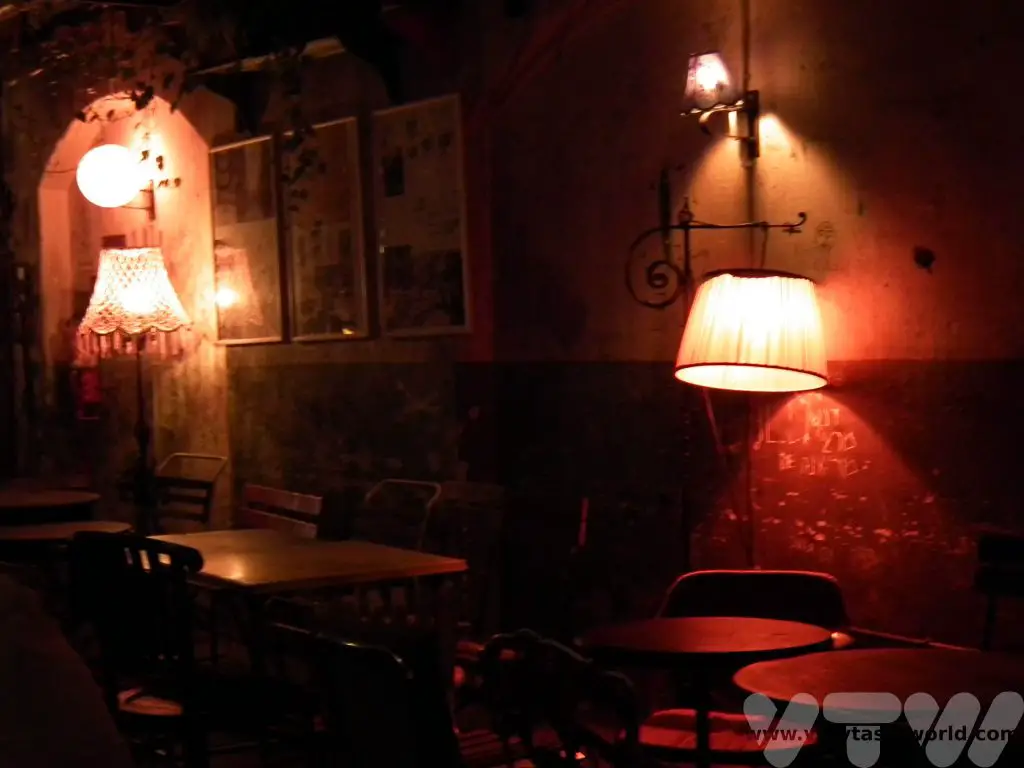
Our walking tour guides recommended Szimpla Kert on Kazinczy Utca – a great choice.
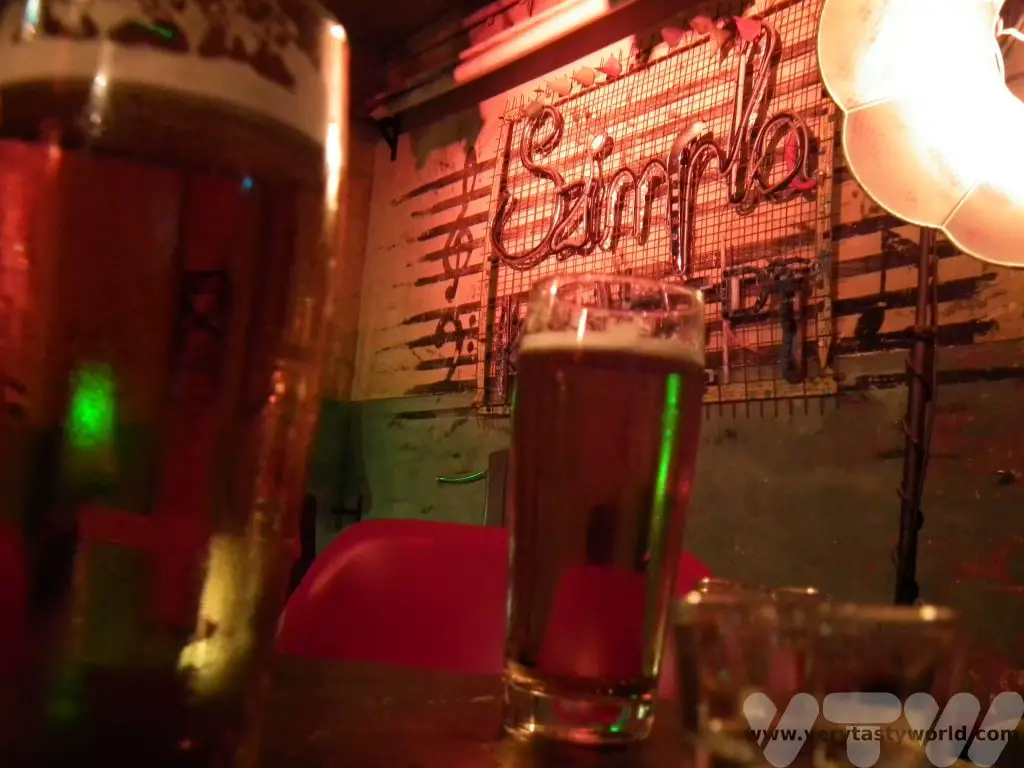
Ruin bars are perfectly convivial places to enjoy a cool beer or a shot (or more) of the local brew palinka, a fruit brandy, which is both sweet and strong.
Essential Foodie Souvenirs – we recommend bringing home as much paprika as you can fit into your bags. Hungary is one of the world’s biggest producers of paprika. This spice is synonymous with Hungarian cuisine and can be used in a huge range of dishes. There are many varieties on offer and they have different levels of sweetness and heat. Paprika not only adds the most glorious red colour to a dish but importantly, has bags of flavour! It should last well for up to a year.
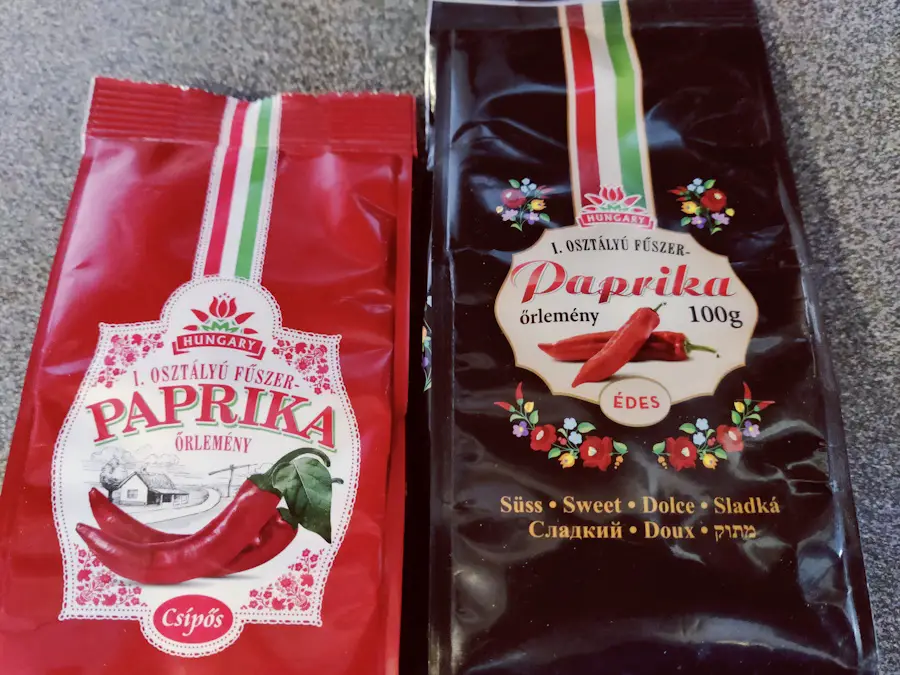
Budapest is a lovely city with so much history. Because it is so walkable, it really is possible to cram a huge amount of sightseeing – as well as some very enjoyable dining and drinking – into just a couple of days. Although it is almost certain to leave you wanting more…
Related Posts You May Enjoy

